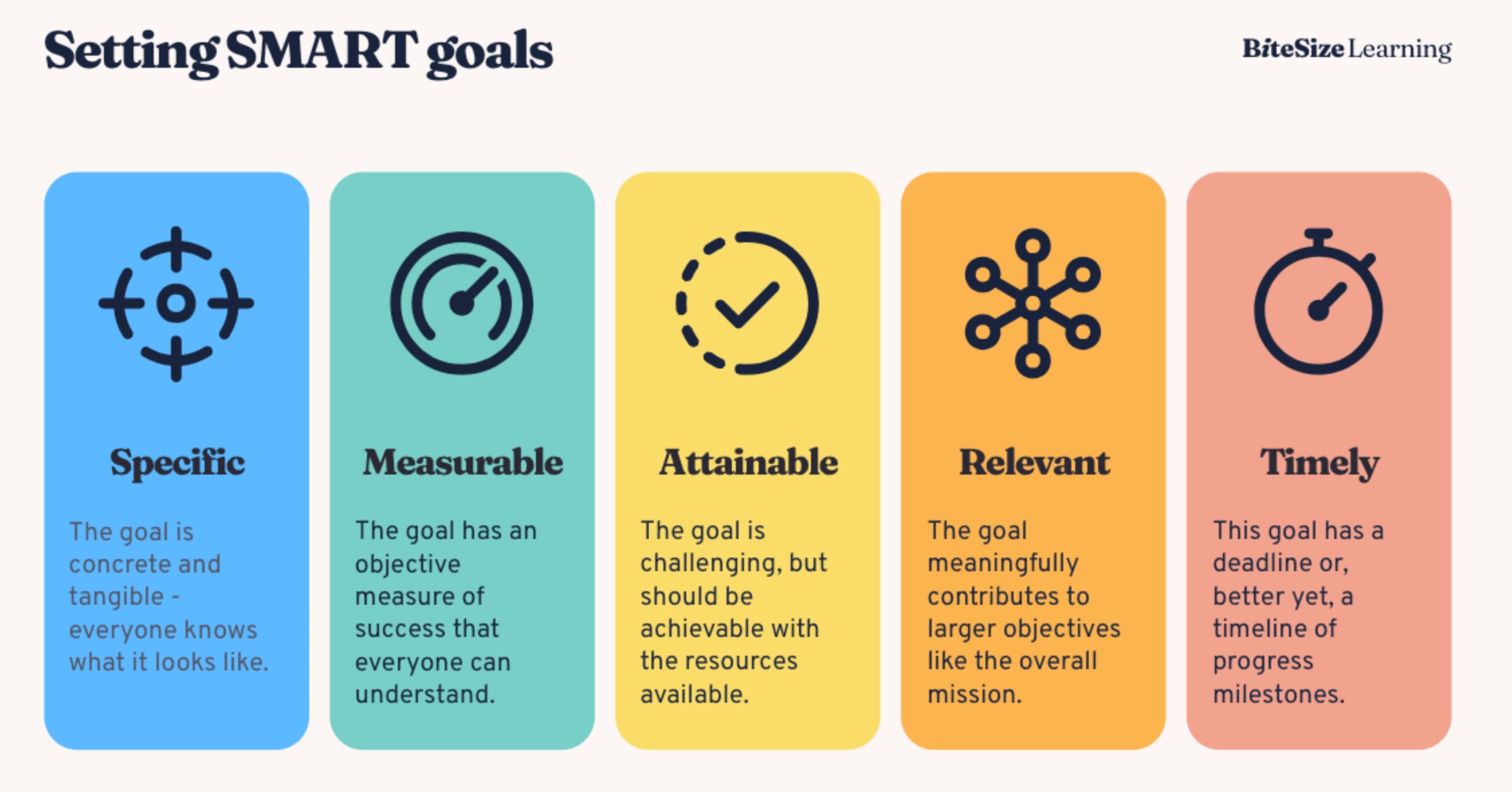
As a trainer, you already know how critical it is to deliver effective learning experiences. But have you ever wondered if your training actually helps the company reach its goals?
When your learning and development solutions do not connect to business demands, it becomes similar to running on a treadmill- lots of effort but not really going anywhere! You might have great material, but if it does not help achieve what the company wants, it won't have the impact you hope for.
So, let's talk about how to make sure your training efforts directly support what your business needs to succeed.
10 Steps to Link Training Programs with Business Success
Here's a friendly guide with ten practical steps to create training that actually makes a difference:
1. Get to Know Your Business Goals
Before planning any training session, you need to understand what your company is trying to achieve. Are they focused on selling more products? Improving customer happiness? Launching something new? Take time to talk with managers and team leaders. Ask them about what they want to accomplish this year, the problems they are facing, and the results they need to see.
When you know these things, you can design a corporate training strategy that helps solve real business problems.
2. Figure Out What Training the Staff Need
Once you understand the big goals, look for skill gaps that might be getting in the way. This is called a Training Needs Analysis.
You can use surveys, interviews, skill tests, or performance numbers to spot what's missing. For example, if the company wants happier customers, check if the team knows how to handle tough conversations or manage conflicts well. Identifying these gaps allows you to design training focusing on the specific skills teams need to develop.
3. Set Clear Goals That Link to Business Results
Do not just say 'We will improve communication skills.' Instead, create specific, measurable goals that connect to business outcomes, like: 'Reduce new employee training time by 20%' or 'Improve team productivity by 15% after training.'
When your training goals tie directly to business results, they become more meaningful. Company leaders are more likely to support your training when they see how it will help the bottom line.
4. Design Training With the End Goal in Mind
Think about what you want people to be able to do after they finish your training. It is essential that every aspect of training tie directly to the business objectives.
If the company wants better leaders, focus your training on making decisions, solving conflicts, and communicating well. If they want more sales, build training around product knowledge and closing deals. Every part of your training should move people toward skills that help reach company goals.

5. Choose Training Methods That Fit Your Company
The way you deliver training is as important as the content you teach. Make sure your approach matches the company's setup and how the teams work.
For remote teams, mobile or virtual training might work best. For front-line employees, brief and interactive sessions tend to yield better results. Sales teams often learn well through role-playing, while office staff might prefer detailed online lessons. When your training fits how employees work, they will learn better and remember more.
6. Use Numbers to Track Progress
Do not just deliver training and move on. Measure how well it is working! Try using before-and-after tests, feedback forms, and performance data to see if your training is helping reach the business goals.
For example, if there is a need to speed up new hire training, track how quickly new employees become fully productive after going through your program. Research shows that companies that track learning results are 72% more likely to see better business performance. Numbers don't lie!
7. Keep Improving Your Training
Do not wait months to fix problems with your training. After each session, gather feedback from learners and managers. Consider what aspects were successful and which ones need improvement.
If something is not connecting with people, or if company priorities change, update your training right away. This keeps everything relevant and shows you are committed to helping the business succeed.
8. Match Training to Company Culture
Your training should feel like it belongs in the company. If innovation is a key value, include creative problem-solving in your training. If teamwork matters most, add group learning activities.
Training that reflects the company's core values significantly improves employee engagement and motivation. It feels natural and meaningful to their everyday work life.
9. Use Modern Learning Technology
Today's world runs on technology, and training should too. Consider using online learning platforms, mobile learning apps, and game-like activities to make learning fun. There are also AI-powered systems that personalize learning.
Using modern learning tools improves engagement and accessibility- ensuring that the right training reaches the right individuals at the right time.
10. Create a Learning-Friendly Environment
The best companies do not just offer occasional training- they build learning into everyday work life. Encourage team members to learn from each other, set up mentoring programs, and give people resources for self-directed learning. When employees see that learning is part of their routine and helps achieve company goals, they will be more motivated to keep growing.
Studies show that companies focused on continuous learning are 92% more likely to innovate and get better business results. Now, that's a huge advantage!
Bottom Line
When your effective employee training methods directly support business goals, everyone wins. You are not just teaching random skills- you support the company to succeed, improve how teams work, and help everyone reach their full potential. Ready to make your training count? Start connecting it to your business goals today, and watch how much more impact you can have!
Written By : Laura Taylor
Centre For Training & Professional Development (CTPD) - The Trading brand of TTA Training Private Limited, India is a ISO 9001:2015 Company




© 2021 - Centre For Training & Professional Development (CTPD). All Rights Reserved. Centre For Training & Professional Development (CTPD) trading brand of TTA Training Pvt. Ltd (India) - CIN U80902WB2016PTC215839, Asia Teachers Training Co., Ltd (Thailand) - Registration No. 0105558193360 & Asian College Of Teachers Ltd (UK) - Company Number 9939942 & Asian College Of Teachers LLC, (USA) - Federal Tax Identification Number 30-1261596
Designed by kreativewebtech